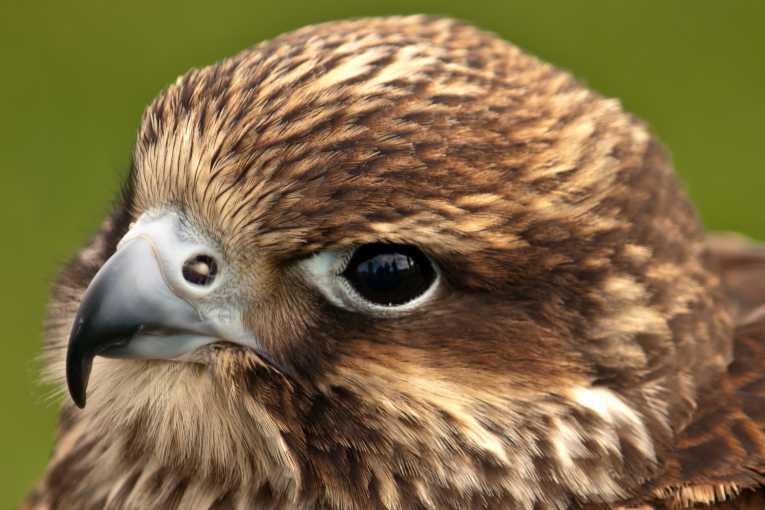Central London's birding expert talks conservation, kestrels and keeping the public happy as he takes The Earth Times on a wildlife-themed tour of Regent's Park.
Framed by manic Oxford Street to the south and vibrant Camden Town to the north, Regent's Park is arguably the last place you'd think of if you were asked to name London's top havens for birds. Indeed, though nature is plentiful, on first sight it is tightly regulated, with perfectly manicured pitches or rose beds seemingly more welcoming for sports players or idling tourists than for urban wildlife.
But the figures don't lie: last year alone, some 124 species of birds were spotted either just feeding or nesting in the Royal Park, among them ospreys, little owls common terns and peregrine falcons. And, if one man is to credit with helping turn this central London green space into an attractive stopping-off point for migratory birds, as well as into a safe and comfortable home for year-round residents, then it's Tony Duckett, Wildlife Officer for the Royal Parks and one of the capital's top ornithologists.
Taking the Earth Times along on one of his daily drives through both Regent's Park and neighbouring Primrose Hill, he explains that this has hardly been a story of overnight success. In fact, it's taken 20 years of hard work, changing both the park's layout and, more importantly, the attitudes of his bosses and members of the public to transform the 410 acre site into a wildlife hotspot.
"It's about changing mindsets," he says. "People, and especially gardeners of a certain age associate weeds and long grass with messiness." But while a trim, right-angled lawn may be pleasing on the eye to humans, birds flying overhead are unlikely to stop off.
So, walking around the interior he points out overgrown hawthorn bushes (now a good source of food for summer migrants) and a small pond, installed despite there being a massive artificial boating lake dominating the west side of the park.
Arguably the biggest beneficiaries of this untidy revolution are the kestrels. Notoriously, the 1990s and the 00s saw kestrel numbers plummet in London, with even the previously scarce peregrine falcon and red kite becoming a more common sight in the city. But now a central part of Tony's daily tour is to check on the wellbeing of the park's two breeding pairs of these tiny falcons, as well as that of their six youngsters.
"By letting the grass grow long, we've encouraged mice and sparrows back into the park, meaning kestrels now have a reason to come a nest here," he says. That said, even then the birds may struggle to thrive in this part of central London. Thanks to their small size - the kestrel is one of the smallest birds of prey in Europe - even the adults can be seen to be being bullied by larger magpies, while the birds are noticeably wary of humans, flying away as we approach the tree housing their nest.
Somewhat predictably, the changes being overseen in the park have not been without their opponents, mainly from those people keen to keep the public space well-ordered and pristine. But fortunately, Tony adds, the public, as well as his bosses, are largely supportive of plans to allow parts of the park to grow wild again, so long as they know the reason behind this. As such, wander round this or any of the city's other Royal Parks and you'll see the occasional sign explaining why an area is now fenced off or looking somewhat scruffier than other parts.
Similarly, informing the public as to why certain colourful and exotic foreign plants are being removed from the park's beds and replaced by less-spectacular natives has kept any fuss down to a minimum. As Tony notes: "Foreign plants may look nice, but they have nothing to offer to insects, or for many other types of wildlife for that matter."
While Regent's Park is now second-only to the vast semi-wild Hampstead Heath when it comes to attracting birds, both in terms of variety and volume, the team here are far from ready to rest on their laurels. Several areas and habitat types have been earmarked as potential wildlife magnets, with a range of new species likely to be drawn in should these be revamped as planned. However, though, thanks to the policy of working alongside them rather than keeping them in the dark, the public are unlikely to stand in the way of further improvements, it remains to be seen whether budgetary cuts will.
Top Image: Peregrine Falcon. Credit: © Chris Mann










